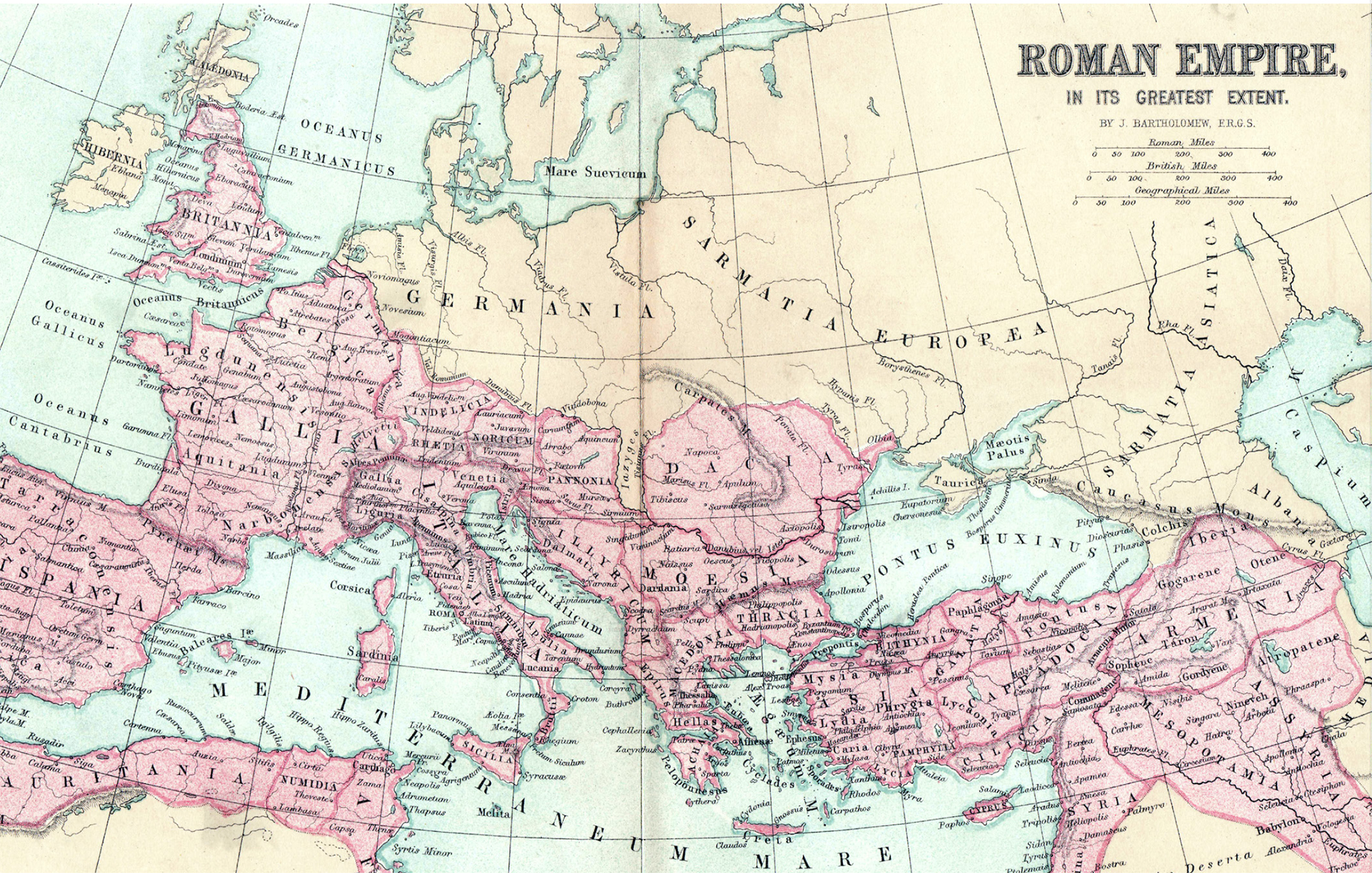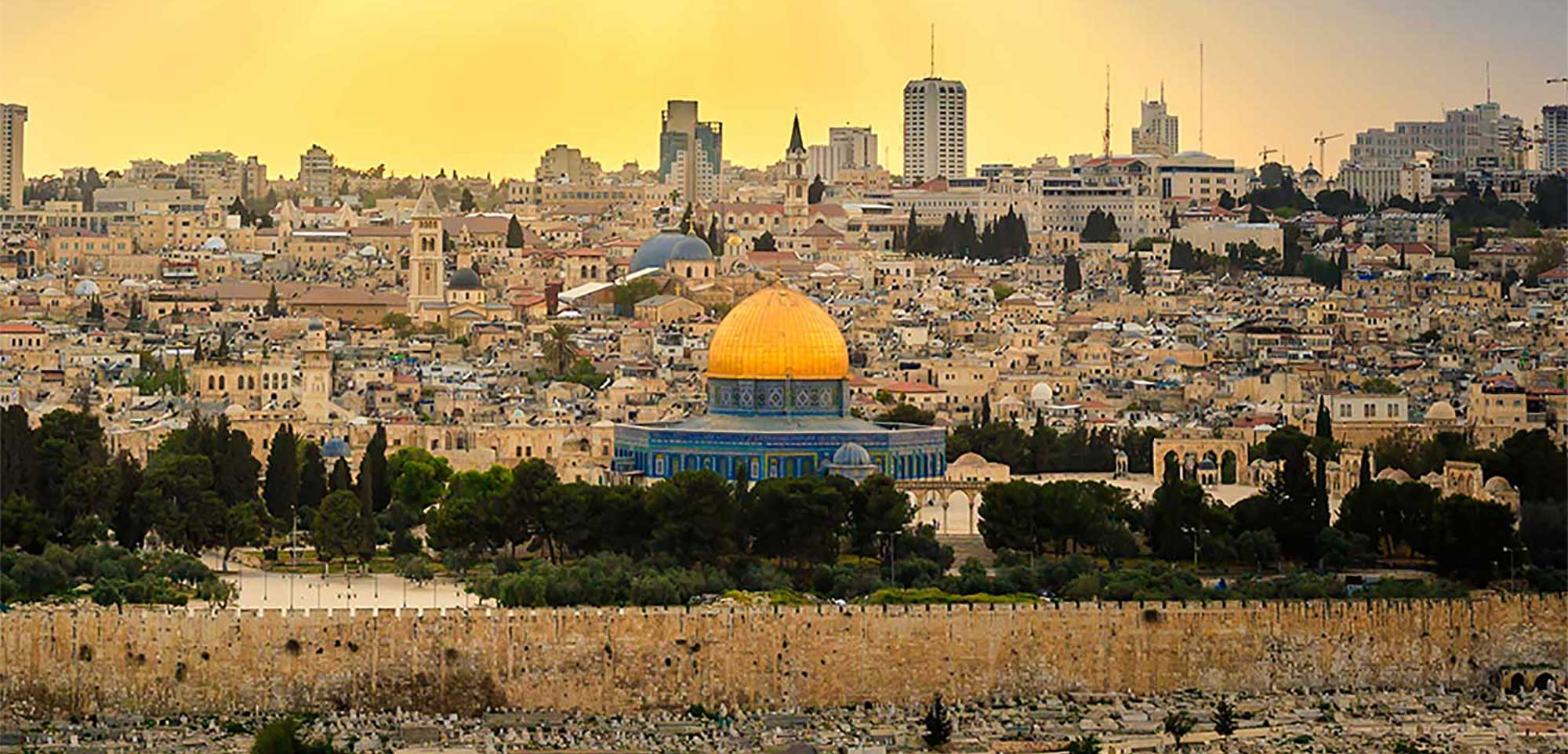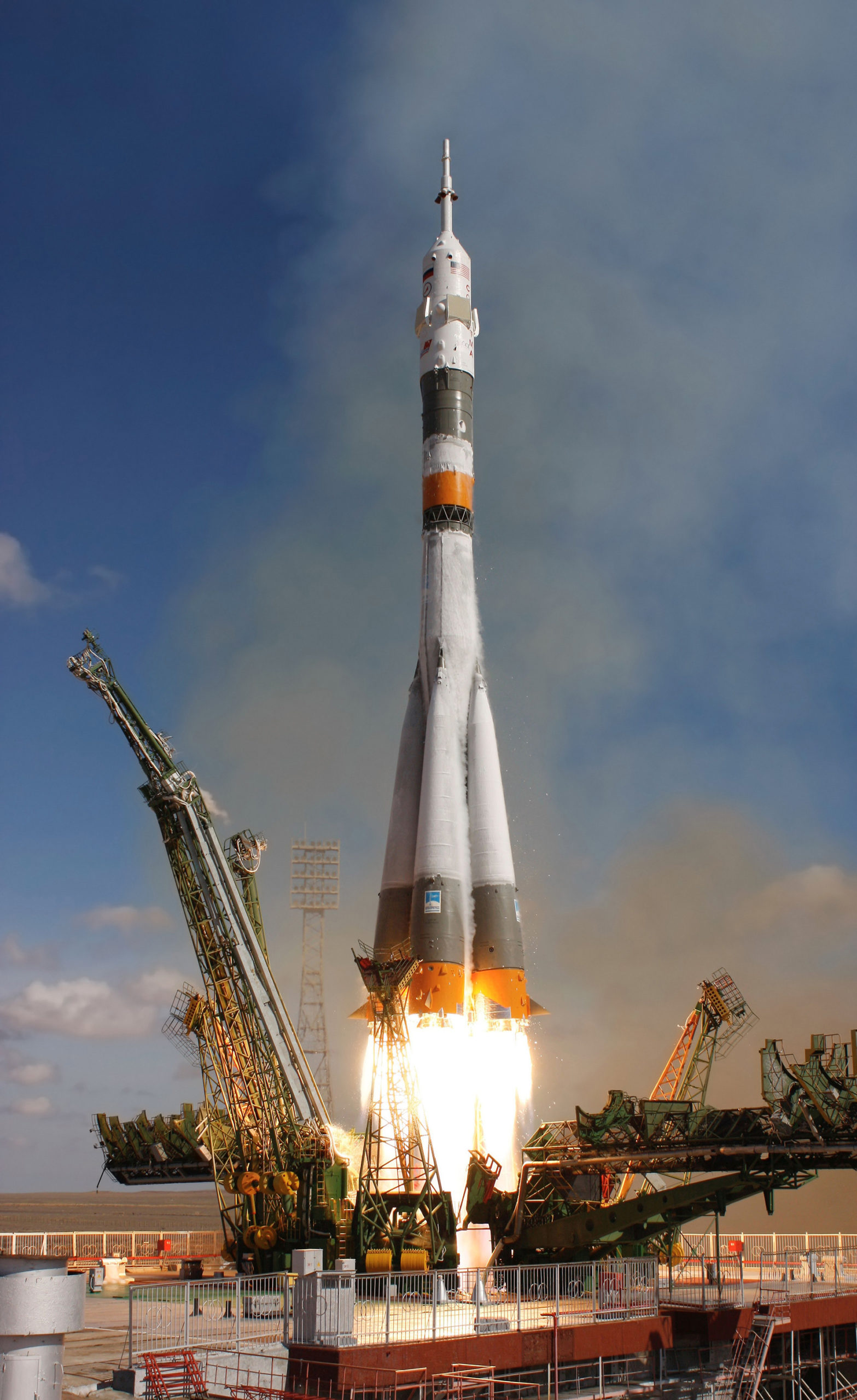
Revelation’s Message to Us
Revelation is a special book with a unique message.
To better understand its significance for us today, there are some principles to guide our study:
- Humility.
- Realising the dangers of self-deception.
- The importance of prayer in asking God to guide us as we read this book.
- Spending most of our time in the areas that are more readily understood.
- Discovering the meaning for the original recipients, then for us today.
- Conducting our study in a group.
- Concentrating our study on how this book reveals fresh insights into understanding Jesus Christ
Do we Know who Wrote Revelation?
John wrote Revelation with no need to present himself. The churches in Asia Minor already knew him very well.
He is probably thinking in Hebrew and writing in Greek. His Greek grammar is not so good. He probably has no one to help him—no secretarial assistance.
It is generally accepted that John was one of the disciples of Jesus. Revelation reads like a pastoral letter to the seven churches.
Where was the Author Located?
John was on the island of Patmos, a small, barren island just off the coast of Asia Minor, when he received God’s messages.

The Big Picture
The return of Jesus is a theme that runs throughout Revelation: It is featured in the prologue.
Read Revelation 1:7
It is also woven into the epilogue.
Read Revelation 22:7, 12 & 20
The last half of the book features events leading up to the return of Jesus to this world and uses imagery from the sermon He gave about the end of the world.

Island of Patmos, Port of Skala | David Henderson | Getty Images
When was Revelation Written and for Whom?
Numerous second and third century sources report Revelation was probably written during the time of Domitian—between 81 and 96AD. It was when this Roman emperor was beginning to give Christians a hard time. The worst of the persecution for the Christians was soon to come and this book was written to encourage and warn the seven churches.
But we will see that Revelation’s messages spill over into helping all of us living many centuries later. An important reason for believing this is that many of the seeds for John’s book came from a well-known sermon Jesus gave on the Mount of Olives in Jerusalem about the end of the world. He gave this sermon shortly before He was crucified.
This end-time sermon provides both clues as to when Jesus’ return is near and instruction on how to find hope, meaning and purpose in our lives today, as we approach the end.
Matthew 24:1-3
As Jesus gives His answer, He sometimes talks about the destruction of Jerusalem. But He also speaks of the whole world being involved.
Matthew 24:30-31
Jesus speaks of the destruction of Jerusalem and the end of the world as if they were the one event. Why do you think He did this?
The destruction of Jerusalem is a miniature event that teaches people about how the end of the world will come about.
Jesus didn’t explain that the two events would be separated by centuries.
This knowledge would surely have discouraged them.

Map of Ancient Roman Empire | Andrew Howe | Getty Images
Using one event to foreshadow another greater event is an important feature found in Bible prophecy. A small, local event becomes the model that also applies in many respects to a larger event that follows in the future.
Jesus said before Jerusalem was to be destroyed there would be indications when this dramatic event was near.
He explained how certain events would precede the destruction of Jerusalem in the first century AD.
Read Matthew 24:4–8
Wars
There were wars in different parts of the empire in the 60’s. This was particularly true around Palestine. There were guerilla and terrorist activities going on all over Palestine.
Famine.
In 44 AD, there was a famine in Palestine. There were four famines alone in the short reign of Claudius.
Pestilences.
Luke 21:10 adds pestilences to the list— “There will be great earthquakes, famines and pestilences in various places.” Some 30,000 people died of the bubonic plague in Rome at the time of Nero, in just one autumn season.
Earthquakes.
In 60 AD, Laodicea was levelled, followed by Pompeii in 63 AD. Pompeii was just being rebuilt when Mt Vesuvius wiped it out in 79 AD. Earthquakes became common in the middle of the first century.
Appearance of false Christs and false prophets.
Jesus said there would be many. The Jewish historian Josephus tells us there were many false messiahs; Palestine was being torn apart by deceivers and impostors who promoted a revolt against Rome.

Matthew 24:15–17 talks of a strange power described as the abomination that causes desolation.
Jesus interprets this in Luke 21:20 as fulfilled when the Romans crushed Judah— “when you shall see Jerusalem surrounded by armies, you will know that its desolation is near.”
Historians tell us how this was fulfilled before Jerusalem was destroyed in 70 AD.
They massacred the small Roman garrison in Jerusalem so the Roman governor of Syria, Cestius Gallus, gathered an army of 30,000 men and marched toward Jerusalem.
After trying to enter Jerusalem via Herod’s palace and then the northern wall of the Temple Mount, he surprised the Jews by retreating toward the coast.


The Jews drew courage from this retreat and pursued the Romans, wiping out almost 6,000 Roman soldiers.
The Roman armies carried standards, which they worshipped.
They were on long poles with crossed arms near the top.
Each legion had its own symbols. To the Jews, this was idol worship.
Idol worship was an abomination and the land outside the walls of Jerusalem was considered holy ground.
Therefore, Matthew describes this event as an abomination that causes desolation standing in the Holy Place, while Luke says it more clearly as Jerusalem being surrounded by armies.
The Jews drew courage from this retreat and pursued the Romans, wiping out almost 6,000 Roman soldiers.

Jerusalem, view from the Mount of Olive | Fred Froese | Getty Images
In Matthew 24:29–31, Jesus is clearly talking of the end of the world as we now know it.
Jesus prophecy not only predicted the destruction of Jerusalem in the first century; it predicts the end of the present world and also gives us indicators by which we can know it is drawing near.
The first century Christians remembered Jesus’ sermon and, when they saw his predictions happening, they knew they must flee.
They saw the withdrawal of the Roman armies as their chance and they fled to a nearby city called Pella.
Later, the Romans returned under Titus.
This time, the city was destroyed but not one Christian lost their life.
They had followed what Jesus had said.
In Matthew 24:29–31, Jesus is clearly talking of the end of the world as we now know it.
Notice in verses 32 to 35, there will come a time when a generation will see all these things happen.
But they will be given indications when the time is drawing near.
At the same time, He also warns us in verse 36: “no-one knows about that day or hour.”
Jesus goes on to describe life in this world and how it will be until He returns to this world again.
But before we consider this, let’s take a look at how many people a little more than 100 years ago spoke of life in the 20th century.
The late 19th century was a time of optimism. Modern science was making an impact.
It seemed humanity was going to control the future for itself.
Notice what one famous man said:
“I see a world where thrones are crumbled and where kings are dust.
I see a world without a slave and man at last is free. I see a world at peace, a world in which no exile sighs, nor prisoner mourns.
I see a race without disease of flesh or brain, shapely and fair, married harmony of form and function and as I look, life lengthens, joy deepens, love canopies the earth, and all over the great dome shines the eternal star of human hope.”

This man was Robert G Ingersoll.
He was a sworn enemy and mocker of the Bible.
But let’s compare what he and others said about the future 100 years ago with what Jesus Christ said 2,000 years ago.
We can expect the same events Jesus spoke about being a prelude to His reappearing.
They occur like a woman’s birth pains, when contractions become more frequent and stronger just before the baby appears.

Wars
This is certainly true of war and our ability to destroy ourselves. We now have sufficient capability to destroy all life on this planet.
Today, the world is involved in a global fight against terrorism.
What makes this war different to the two world wars of the past century is that there are tens of thousands of combatants who actually want to die and, in the process, kill as many non-believers as they can with them.
They want to cause people to become afraid to travel, even on public transport.
We can expect wars in the future to be fought in ways very different to the past. For example:
Hacking into another nation’s computers, causing them to crash.
The effect of this would be to immobilise communications, as well as key infrastructure such as water, electricity and defence capabilities.
Developing diseases to infect specific people types.
This enables the unaffected invaders to simply take over those who are infected without destroying or damaging valuable infrastructure or the environment.
Famines
Today, more than 1 billion people live on the equivalent of less than a dollar a day.
The richest 20 per cent of the world’s people use 86 per cent of the resources, while the poorest 20 per cent employ only 1.4 per cent.
Eight hundred million people are malnourished or facing starvation.
A quarter of a million children die every week from malnutrition and easily-preventable diseases.
While we know 80 per cent of brain development occurs by age two, 150 million children in the world still lack the protein intake necessary for adequate brain growth, leading to permanent retardation.
Earthquakes
More than a quarter of a million people lost their lives in the Boxing Day tsunami in 2004.
In 2008, more than 70,000 perished in the devastating Szechwan earthquakes in China, and also in the 2010 earthquake in Haiti and instantly caused millions to be homeless.
Jesus said there would be earthquakes in different places and today we see them happening in many places around the world.

False Christs and False Prophets
Jesus said there would be false Christs and prophets. They will show signs and wonders.
We live in a world today that is fascinated and obsessed with supernatural “signs and wonders” in the spiritual realm. The Book of Revelation gives us many warnings not to believe in all we see.
As we work through Revelation, we will see how important it is to heed the warning Jesus gave us about false Christs and false prophets.
Hope, Meaning, Purpose
All these events show us that we are drawing toward the end of human history. To this day, life is as Jesus said it would be. How important it is to understand the messages given in this book.
The world we live in at the moment is a world without much hope or meaning to life. But Revelation teaches us not to be discouraged or frightened about the future. God is still in control of this world.
Although He is warning us of difficulties we are yet to experience, also He gives us hope that He will be there to help us face the future. If we accept what Revelation is telling us, we know the best is yet to come.
Jesus said there will always be:
• Wars • Famines • Earthquakes in various places • False Christs and prophets
But as the end of the age draws near, these events will intensify.

Tell us,” they said, “when will this happen, and what will be the sign of your coming and of the end of the age?”
For a little more……..